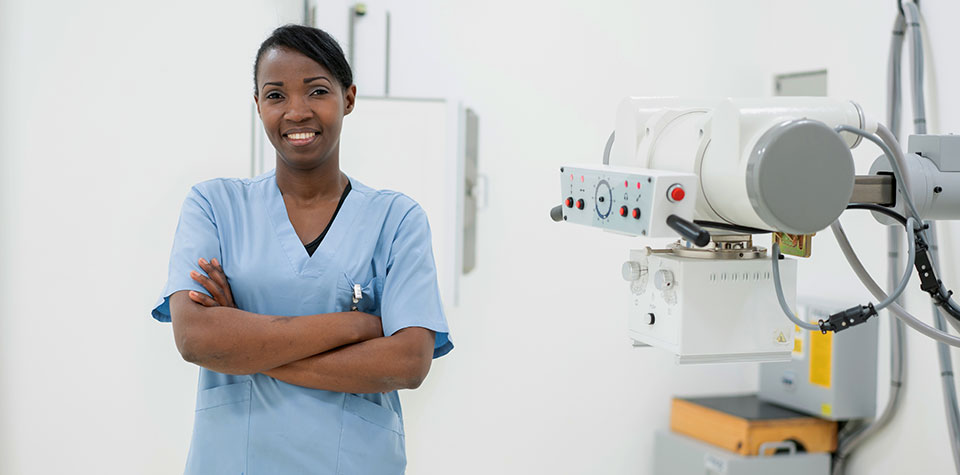Portable Oxygen Concentrators: A Breath of Fresh Air for Mobility and Independence
Millions of people worldwide rely on supplemental oxygen to manage respiratory conditions and maintain an active lifestyle. For those seeking greater freedom and convenience, portable oxygen concentrators (POCs) offer a game-changing solution. This article explores the world of portable oxygen machines, their benefits, and key considerations for users.

What Is a Portable Oxygen Concentrator?
A portable oxygen concentrator is a compact medical device that filters ambient air to provide concentrated oxygen to users who require supplemental oxygen therapy. Unlike traditional oxygen tanks, POCs don’t require refilling and can be easily transported. These devices work by drawing in air, removing nitrogen, and delivering purified oxygen through a nasal cannula or mask.
How Do You Choose the Right POC Based on Oxygen Needs?
Selecting the appropriate portable oxygen concentrator depends on several factors:
-
Oxygen flow rate: POCs offer different flow rates, typically measured in liters per minute (LPM). Your doctor will prescribe the necessary flow rate based on your condition.
-
Continuous flow vs. pulse dose: Some POCs provide continuous oxygen flow, while others deliver oxygen in pulses when you inhale. Your specific needs will determine which type is best for you.
-
Size and weight: Consider how you’ll use the device. Smaller, lighter models are ideal for active users, while larger units may offer higher flow rates or longer battery life.
-
Noise level: If quiet operation is important, look for models with lower decibel ratings.
Always consult with your healthcare provider to ensure the POC meets your medical requirements.
How Important Is Battery Life When Choosing a POC?
Battery life is a crucial factor in selecting a portable oxygen concentrator, especially for users who lead active lifestyles or frequently travel. Consider the following:
-
Duration: Look for POCs that offer at least 2-3 hours of battery life on a single charge.
-
Rechargeable options: Many POCs come with rechargeable batteries and AC/DC power adapters for use at home or in vehicles.
-
Extra batteries: Some models allow for hot-swapping batteries, extending usage time without interruption.
-
Charging time: Fast-charging capabilities can be beneficial for users on the go.
-
Power-saving features: Some POCs offer intelligent power management to extend battery life.
Remember that battery life can vary based on the oxygen flow rate and other settings, so choose a model that aligns with your daily needs and lifestyle.
Are Portable Oxygen Concentrators Travel-Friendly and FAA Approved?
Yes, many portable oxygen concentrators are designed with travel in mind and are approved by the Federal Aviation Administration (FAA) for use on commercial flights. Here’s what you need to know:
-
FAA approval: Look for POCs that are explicitly approved for in-flight use. The FAA maintains a list of approved models.
-
Airline policies: While FAA-approved POCs are generally allowed, always check with your airline in advance, as some may have additional requirements or restrictions.
-
Battery requirements: Airlines typically require enough battery life to power the device for 150% of the expected flight time.
-
Documentation: Carry a copy of your doctor’s prescription and a statement of medical necessity when traveling with a POC.
-
International travel: Research the regulations of your destination country, as rules may vary.
-
Compact design: Many travel-friendly POCs are lightweight and come with carrying cases for easy transport.
What Safety Tips Should POC Users Follow?
To ensure safe and effective use of portable oxygen concentrators, follow these guidelines:
-
Regular maintenance: Clean filters and perform routine checks as recommended by the manufacturer.
-
Proper storage: Keep your POC in a clean, dry place away from extreme temperatures and direct sunlight.
-
Fire safety: Never smoke or allow open flames near oxygen equipment.
-
Avoid oil-based products: These can react with oxygen and create a fire hazard.
-
Secure placement: Ensure the POC is stable and won’t tip over during use.
-
Battery care: Follow proper charging and storage practices to maintain battery health.
-
Emergency preparedness: Have a backup oxygen source and know how to contact your healthcare provider or oxygen supplier in case of device malfunction.
-
Stay informed: Familiarize yourself with the device’s alarms and indicators to respond appropriately to any issues.
What Are the Costs and Insurance Considerations for POCs?
Portable oxygen concentrators represent a significant investment in respiratory health and quality of life. Here’s an overview of costs and insurance considerations:
-
Purchase price: POCs typically range from $2,000 to $6,000, depending on features and capabilities.
-
Rental options: Some providers offer rental programs, which can be more cost-effective for short-term use.
-
Insurance coverage: Many insurance plans, including Medicare, may cover a portion of the cost for medically necessary oxygen equipment.
-
Additional expenses: Factor in costs for accessories, replacement batteries, and maintenance.
-
Long-term savings: While initially more expensive, POCs can save money over time compared to recurring oxygen tank deliveries.
| POC Model | Average Cost | Key Features |
|---|---|---|
| Inogen One G5 | $2,400 - $3,000 | 6 flow settings, up to 13 hours battery life |
| Philips Respironics SimplyGo | $3,000 - $3,500 | Continuous and pulse flow, LCD display |
| ResMed Mobi | $2,500 - $3,000 | Lightweight, auto-adjusting technology |
| Caire FreeStyle Comfort | $2,800 - $3,300 | 5 pulse flow settings, quiet operation |
Prices, rates, or cost estimates mentioned in this article are based on the latest available information but may change over time. Independent research is advised before making financial decisions.
Portable oxygen concentrators offer a liberating solution for those requiring supplemental oxygen. By understanding the features, benefits, and considerations associated with these devices, users can make informed decisions to enhance their mobility and quality of life. Always consult with healthcare professionals and thorough research to find the best POC for individual needs.




